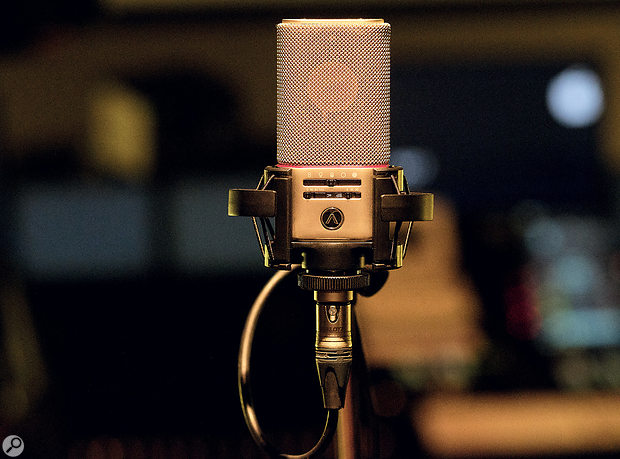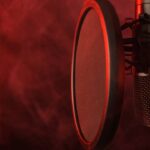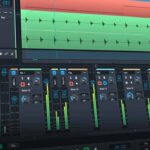Greetings, fellow audio enthusiasts and curious minds! As a seasoned recording engineer and microphone aficionado, I’m excited to introduce you to the versatile world of multi-pattern microphones. These clever devices offer a range of polar patterns in a single microphone, making them incredibly adaptable tools for various recording situations. In this comprehensive guide, we’ll dive into what multi-pattern microphones are, how they work, and when you might want to consider using one in your own recording projects.
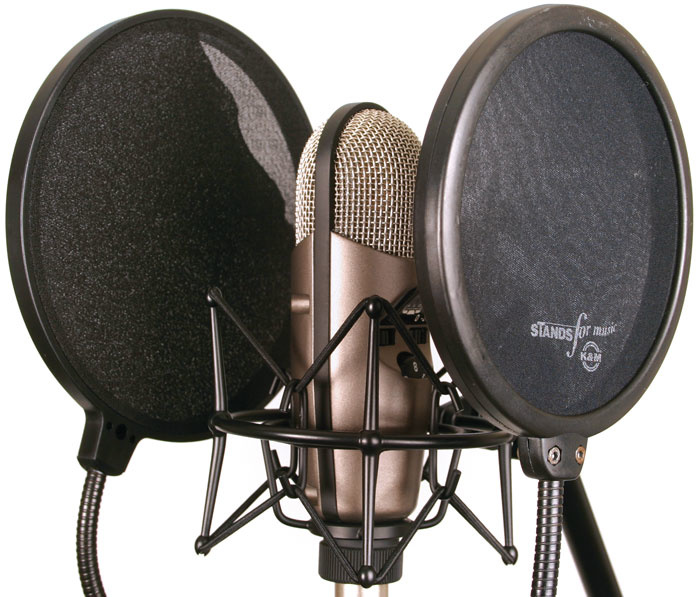
Understanding Polar Patterns
Before we explore the specifics of multi-pattern microphones, let’s revisit the concept of polar patterns. A microphone’s polar pattern refers to its sensitivity to sound from different directions. The most common polar patterns include:
- Cardioid: Picks up sound primarily from the front, with reduced sensitivity to the sides and rear.
- Omnidirectional: Picks up sound equally from all directions.
- Figure-8 (Bi-directional): Picks up sound equally from the front and back, while rejecting sound from the sides.
- Supercardioid and Hypercardioid: Similar to cardioid, but with even more focused sensitivity to the front and greater rejection of sound from the sides.
Each polar pattern has its unique strengths and weaknesses, making them suitable for different recording situations. The Ultimate Choice for Isolation: Supercardioid and Hypercardioid Microphones
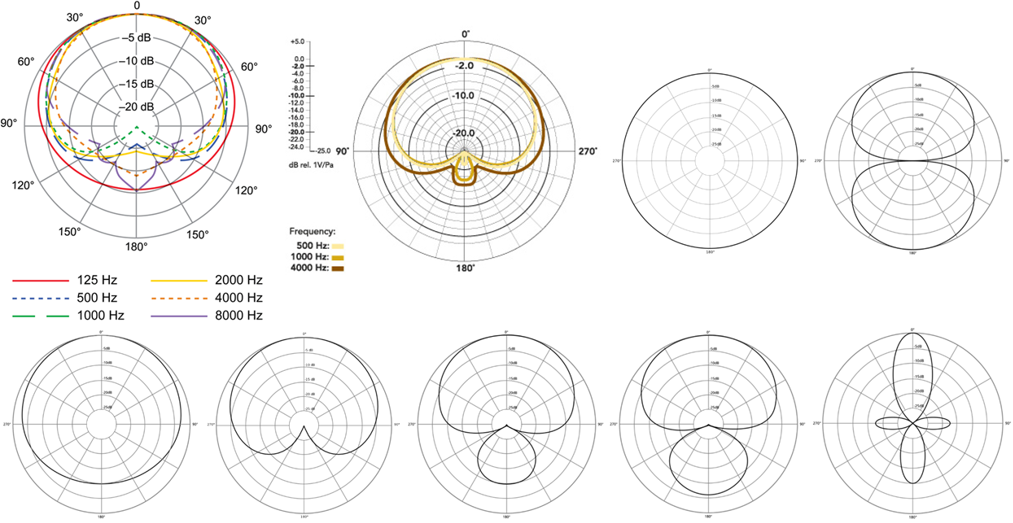
What is a Multi-Pattern Microphone?
A multi-pattern microphone, as the name suggests, is a microphone that offers multiple polar patterns in a single device. These versatile mics allow you to switch between different polar patterns, adapting to the specific needs of your recording situation.
Most multi-pattern microphones offer a combination of the three main polar patterns: cardioid, omnidirectional, and figure-8. Some advanced models may also include supercardioid or hypercardioid patterns.
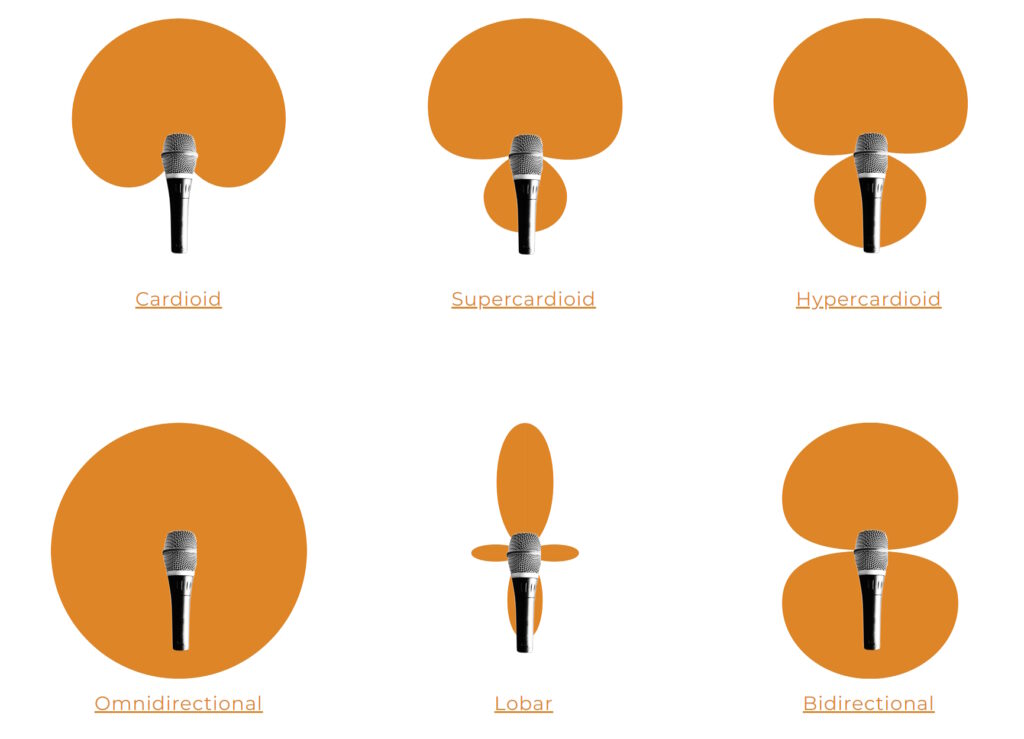
How Do Multi-Pattern Microphones Work?
Multi-pattern microphones achieve their versatility through clever capsule design and electronic processing. The most common type of multi-pattern mic uses a dual-diaphragm condenser capsule, which consists of two back-to-back diaphragms.
By combining the signals from these two diaphragms in different ways, the microphone can create various polar patterns:
- Cardioid: One diaphragm is active, while the other is partially or fully attenuated.
- Omnidirectional: Both diaphragms are active and combined in-phase.
- Figure-8: Both diaphragms are active, but their signals are combined out-of-phase.
The microphone’s electronics allow you to switch between these polar patterns, either through a physical switch on the mic or via software control in some digital models.
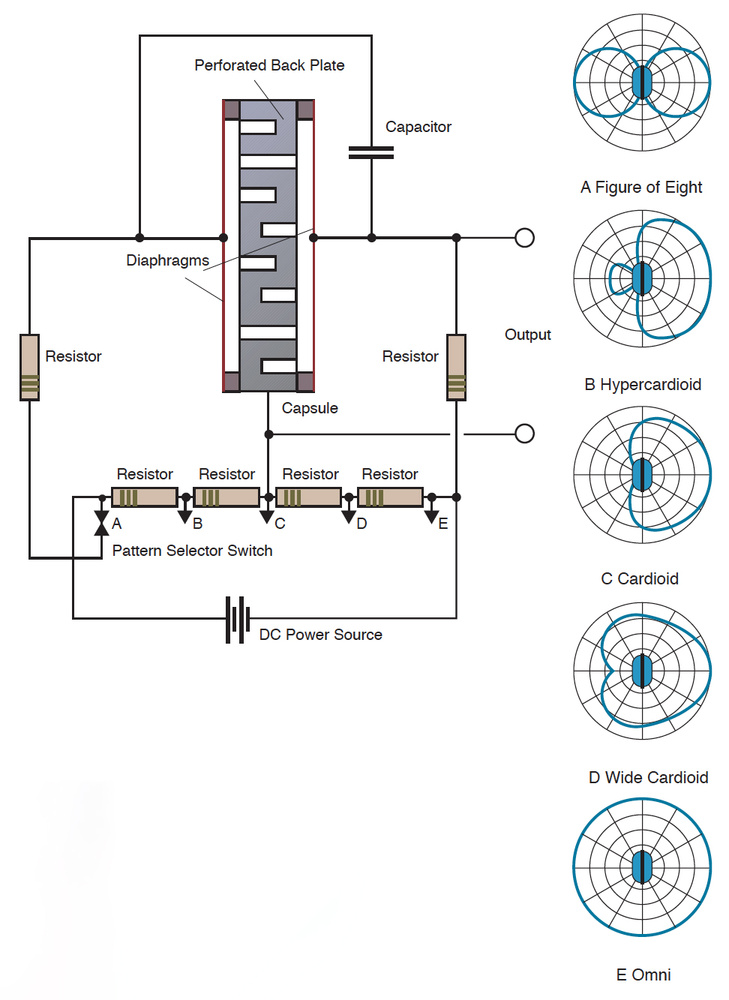
The Advantages of Multi-Pattern Microphones
Multi-pattern microphones offer several key advantages that make them valuable tools in any recording arsenal:
- Versatility: With the ability to switch between different polar patterns, multi-pattern mics can adapt to a wide range of recording situations, from capturing room ambience to isolating individual sources.
- Convenience: Instead of requiring multiple microphones for different applications, a single multi-pattern mic can handle various tasks, saving you time and simplifying your setup.
- Experimentation: Multi-pattern mics encourage creative experimentation, allowing you to explore different polar patterns to find the perfect sound for your source and recording environment.
- Stereo recording: Some multi-pattern mics offer built-in stereo recording capabilities, such as Mid-Side (M-S) or Blumlein configurations, making it easy to capture immersive stereo recordings with a single microphone.
The Best Cardioid Microphones for Recording and Live Performance
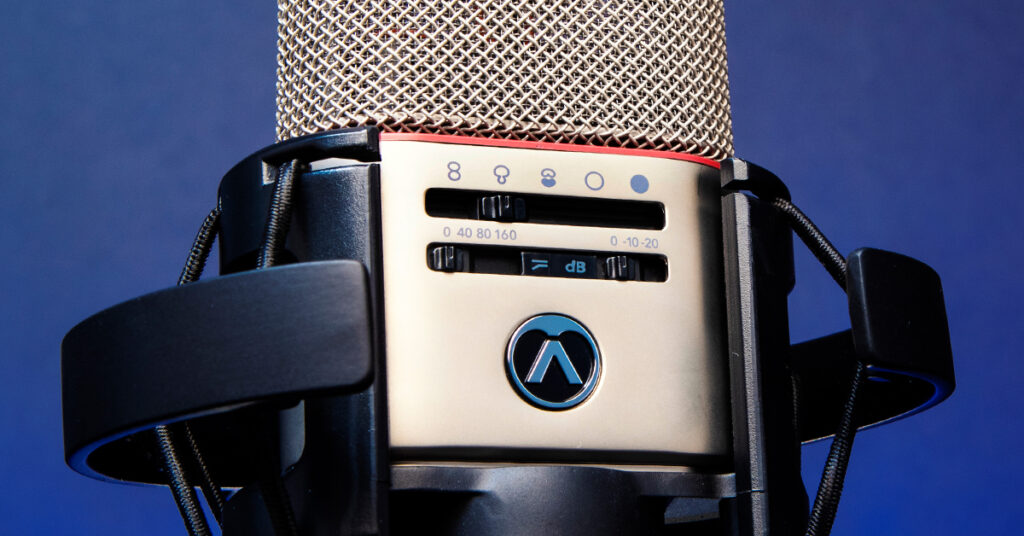
When to Use a Multi-Pattern Microphone
Multi-pattern microphones are incredibly useful in a variety of recording situations:
- Vocals: Switch between cardioid for a focused, intimate sound, or omnidirectional for a more open, ambient feel.
- Acoustic instruments: Experiment with different polar patterns to find the perfect balance between direct sound and room ambience for guitars, strings, or other acoustic sources.
- Drum overheads: Use cardioid for a tight, focused sound, or omnidirectional for a more spacious, natural representation of the drum kit.
- Room ambience: Switch to omnidirectional to capture the natural reverb and character of a room, adding depth and dimensionality to your recordings.
- Stereo recording: Use the mic’s built-in stereo configurations, or create your own stereo setups using multiple multi-pattern mics.
What is an Omnidirectional Microphone?
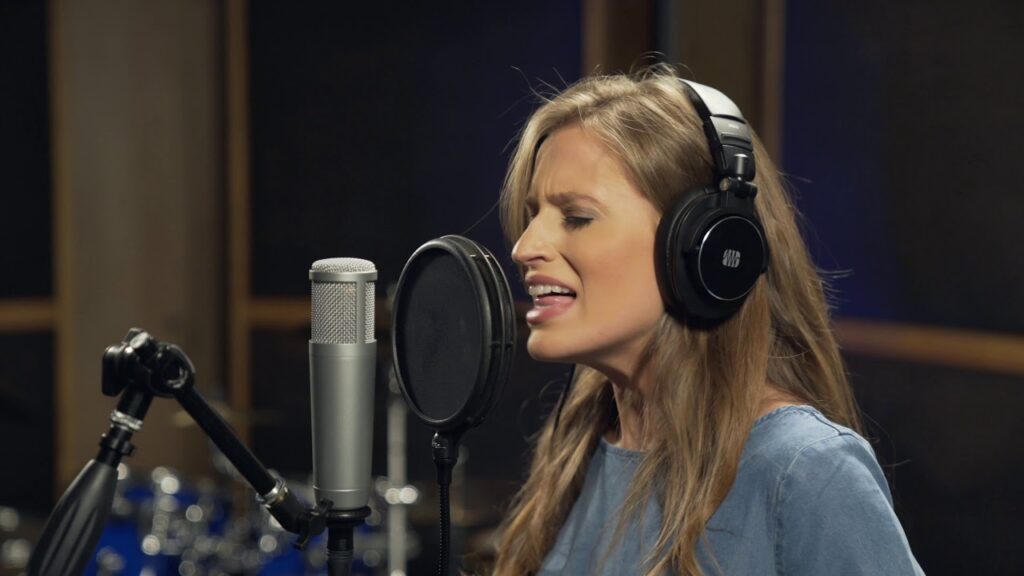
Popular Multi-Pattern Microphones
If you’re considering adding a multi-pattern microphone to your collection, here are a few popular options to explore:
- Neumann U 87 Ai: A legendary studio workhorse, the U 87 Ai offers three polar patterns (cardioid, omnidirectional, and figure-8) and a smooth, flattering sound that works well on a wide range of sources.
- AKG C414 XLS: Another classic multi-pattern mic, the C414 XLS offers nine selectable polar patterns, a wide dynamic range, and a transparent, detailed sound.
- Shure KSM44A: A versatile, large-diaphragm condenser mic with three polar patterns (cardioid, omnidirectional, and figure-8), the KSM44A excels on vocals, acoustic instruments, and more.
- Audio-Technica AT4050: A high-quality, multi-pattern condenser mic with three polar patterns (cardioid, omnidirectional, and figure-8), the AT4050 offers a warm, natural sound at an affordable price point.
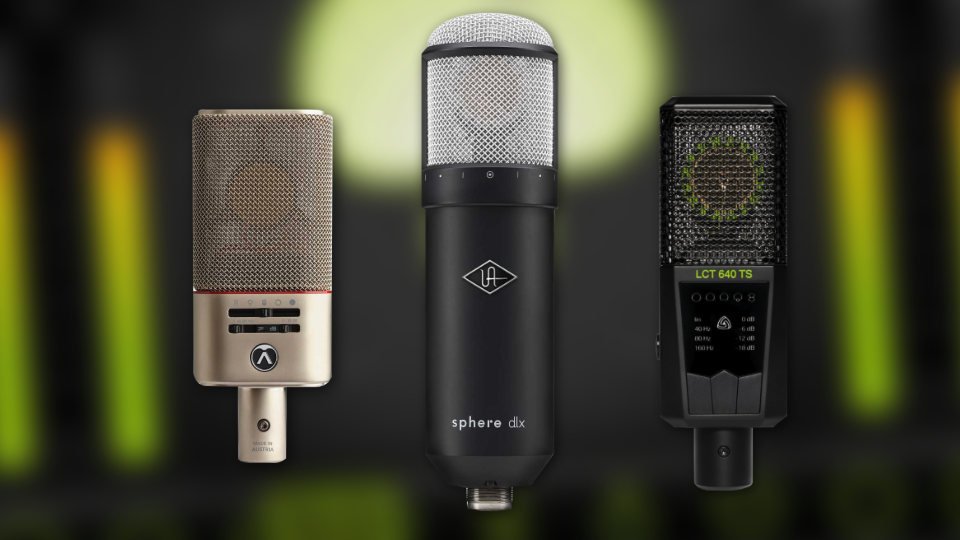
Conclusion: What is a Multi-Pattern Microphone
Multi-pattern microphones are incredibly versatile tools that can elevate your recordings to new heights. By understanding how they work, their advantages, and when to use them, you can make informed decisions about incorporating these adaptable mics into your own recording setup.
As with any microphone, the key to success with multi-pattern mics is experimentation and critical listening. Take the time to explore different polar patterns, placements, and techniques to find the perfect sound for your sources and creative vision.
So go forth, intrepid audio explorers, and embrace the flexibility and creativity that multi-pattern microphones offer. With a little knowledge and a lot of imagination, you’ll be well on your way to crafting recordings that are as diverse as they are captivating.
Happy recording!
